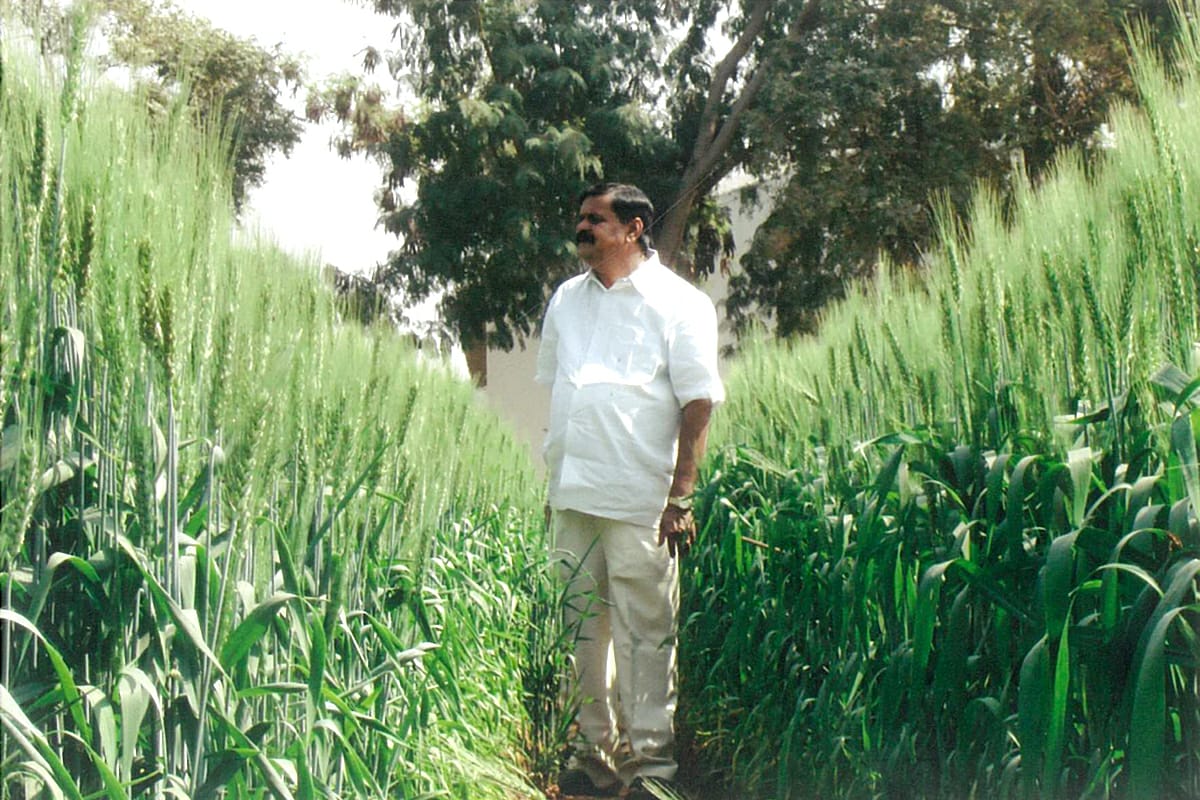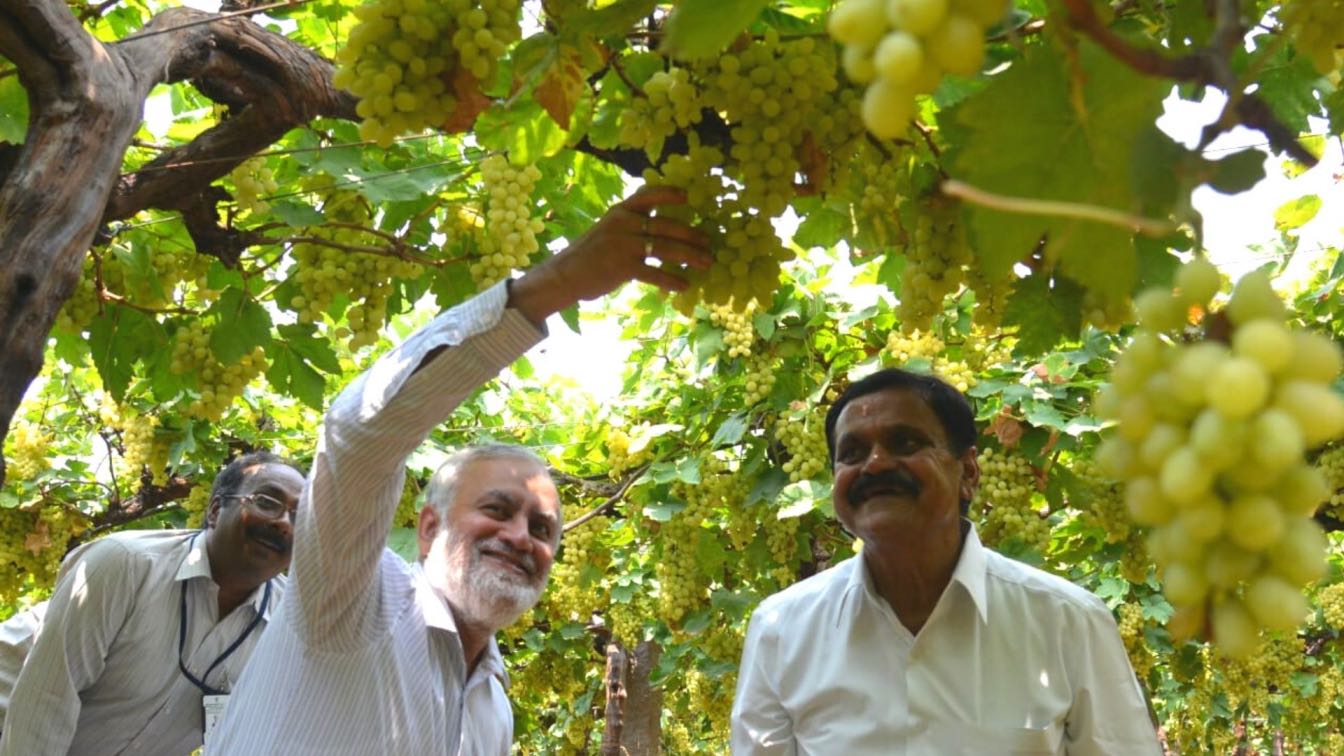In 2017, after a discussion with his friends on the health benefits of vitamin D, farmer and Padma Shri awardee Chintala Venkat Reddy was left with a question that followed him around for some time. If humans could synthesise vitamin D from the sun, why couldn’t plants? Could they in turn be used as a source of vitamin D as well?
“It was reasonable to wonder that if plants can process photosynthesis for survival, why couldn’t they produce vitamin D?” the 70-year-old from Secunderabad, Telangana, tells The Better India.
Vitamin D plays a significant role in the regulation and absorption of phosphorus and calcium in the body. It helps boost immunity and fight depression. Deficiency can cause tiredness, aches, bone and muscle pain and in severe cases, bone fractures. Apart from mushrooms, vitamin D is not found in plants.
Chintala’s answers were in a rice and wheat variety, infused with vitamin D through natural processes. His work has since been published in an international patent publication.
The root of the problem

To begin with, Chintala went back to his diary, where he documents all his farming experiments. “I referred to some notes about plants that synthesise vitamin A and C in high proportions. I decided to start by trying with these varieties, because they had the ability to process vitamins,” he says.
The farmer then created three sample beds or rice and wheat to try out different techniques on them. “On the first bed, I put a mixture of ghee, cheese, eggs, milk and other animal-based sources of vitamin D. I hoped the plants would absorb said nutrients. The other bed had a solution made from vitamin D tablets. And the third contained a paste of carrot, sweet potato and maize floor,” he says.
Apart from these, Chintala also experimented with different combinations of plants for two years before he saw tangible results. “I realised the boiled and mashed mixture of sweet potato, maize flour and carrot had helped the plant to convert vitamin A into vitamin D. The beds with animal-based nutrition and tablets did not yield any results,” he says.
Will share the formula

“In 2018-2019, I tested the sample of wheat to find 1,606 international units (IU) of vitamin D. The second year, it had increased to 1,803 IU. The basmati rice showed 136 IU in 2019 and 287 IU in 2021,” he says.
Chintala took the samples to Professor Jayashankar Telangana State Agricultural University and government officials, who tested them in different soil conditions. “The results tallied with slight variations. But they all showed a presence of vitamin D,” Chintala says, adding that he immediately rushed to file an international patent with WIPO in 2019, and received approval in August 2020.
Chintala says this new variety of rice can help address malnutrition issues in India and other countries such as Africa. “I am ready to sign an MoU to share the technique and formulation so a farmer will be able to grow it. Selling a unique variety of rice and wheat will also help to increase their income,” he adds.
Apart from these recent achievements, Chintala is also known for his organic ‘muddy solution’ to control locusts and other pests from attacking crops. To read his story, click here.
Edited by Divya Sethu
No comments:
Post a Comment